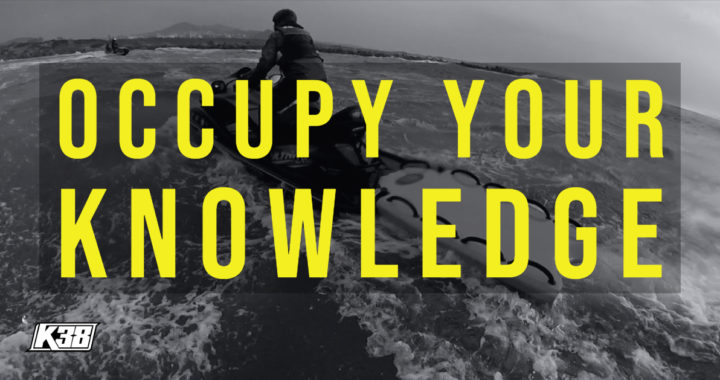We have so much to do all the time
The rescue ‘fashion’ side of our work is the protection of products we surround ourselves to work in our host environments.
There is a lot of junk produced worldwide that is marginal to ‘get by’ with being used, mainly from reference, reviews or industry networking. Then there are high end products that make things a bit easier, but let’s face it, ‘aquatic and product’ is like a tea bag; the more you dip the bag each use its strength wanes until it’s not recognizable.
These products all end up with similar lifespans. Water immersion requires more time in maintenance and operability, especially in high mineral content or acidic environments or constant UV exposure.
Sometimes it is the lack of discipline of inspecting, cleaning, drying and recording PPE use and care results.
Viewing hundreds of department programs, we can get by until something goes wrong or breaks. In a mishap PPE will be collected for review during an investigation as will the maintenance records of all equipment and training.
There are 5 problems that are often in the way or program PPE continual success;
1. Time - set up, review, remove for repair or replacement
2. Money – purchasing, maintenance/replacement
3. Effective Maintenance – inspections - care
4. Training for PPE
5. Selection Process & Management of Team Participants and Responsibilities
These five items are dependent upon one another. This is truly the toughest part about compliance with standards, rules and regulations. If every item was lined up with all its clauses and policy requirements, we may never make it to the water in time to be effective. This is truly a balancing act or team management and personal responsibility.
The problem with marginal training is few people are able to identify this prior to a mishap, but its easy to investigate post-accident and determine the wrongs that pre-existed. Are we reactive or proactive in our program management?
The selection process of team members is critical whether volunteer or paid employees. There is physical, weight and mobility risks in dynamic conditions that must be honestly accounted for by participants. Can you touch your toes? How is your cardio?
General weight, overweight or obesity risk factors in dynamic conditions for the operation?
What can you do?
Research your applicable standards. How do they apply to your PPE? Record them and present in team meetings. Determine your course of action for individual records, maintenance and retirement. Read the PPE warning labels, use and care instructions.
What are the annual hours of use applied to each product? Note the in-service anniversary date vs. callouts and training.
Have you determined replacement budget, shipping timelines for broken or irreparable PPE? Do you have backup PPE for immediate replacement or will your team experience down time?
Determine an adequate annual budget with the proper sizing, fit and maintenance needs.
If your specified program cannot afford to maintain the PPE which is for the protection and support of team members, perhaps the program needs to be reviewed and determination made if the agency can afford to manage a program effectively. An option is to close the program down, or halt it temporarily to address corrections; before an investigation post-accident reveals the limits of the program.
_________________________________
Posted: November 24, 2021
Come train with K38 and discover what your community is doing to modernize standards, safety and reduce liability!
Copyright © 2021 K38 All rights reserved.
All materials on the Companies websites are the property of K38 and may not be copied, reproduced, sold, or distributed without the express permission of the copyright holder. Liberal use of K38 fact sheets and news releases is allowable with attribution.
To Cite the K38 Website for Reference: Please use the following:
"Reproduced from K38's website, © K38 (year), title and date of the post"
K38 does not grant permission for its content to be displayed on other Web sites, training manuals, unsolicited programs, media, training materials or standards development without expressed written permission.
Caution: Visit page (site) terms and conditions. Please take a qualified Rescue Water Craft training course and maintain proper records and respect all the PWC, RWC, PPE, and OEM manufacturer warning labels and cautions and country of origin regulations. The opinions and information in this post is subject to change as industry alerts, methods or notices are administered through laws, rules, cautions, regulations, or industry standards and will not be reflected in the original post date. Use at your own discretion, risk and caution.
K38 Content Creator of Rescue Water Craft and Personal Water Craft boating international education, jobsite safety and standards: Shawn is the world’s foremost authority and leading subject matter expert. She cares most about her community and the culture surrounding the safety of event service providers, Public Safety Agencies, Military and Rescue Water Craft operators. Dedicated towards protecting their reputation, distributing safety information and continuing to train these amazing individuals to the highest standards of care and competency
